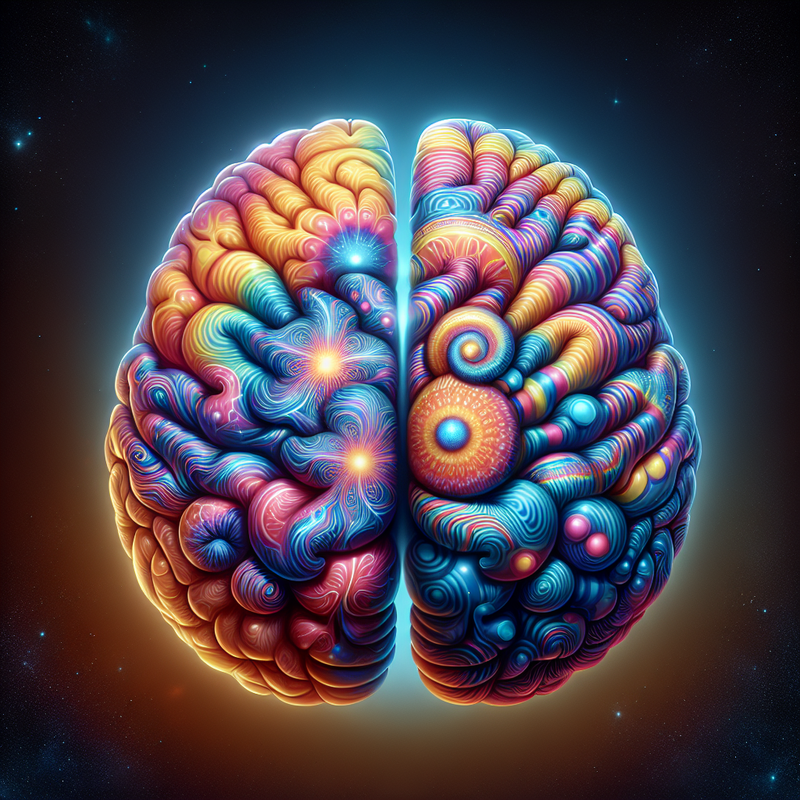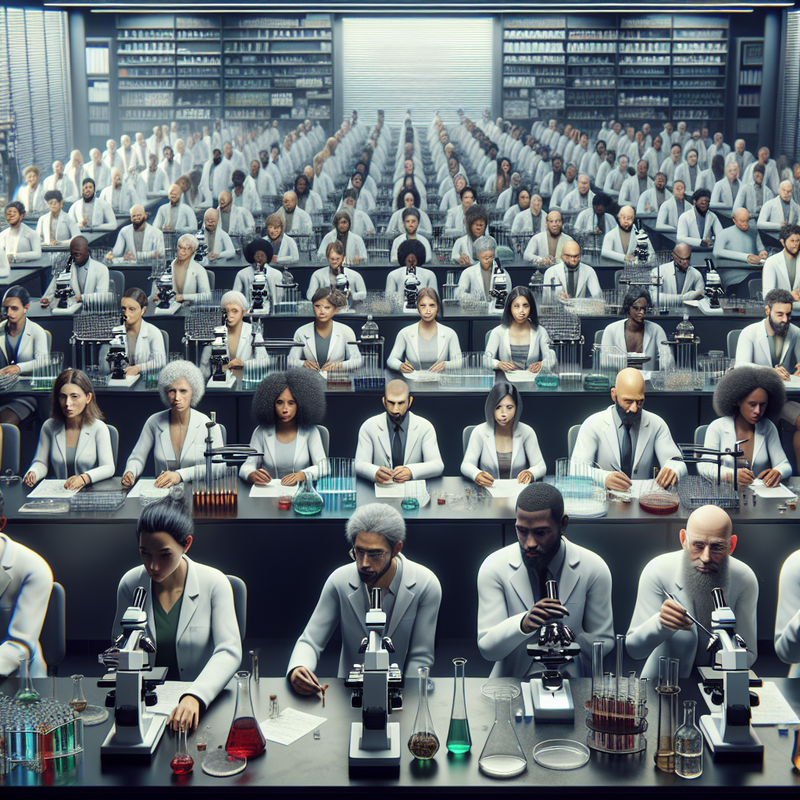In the dynamic sphere of psychedelic science, the concepts of “set and setting” are pivotal
echoing through personal psychedelic exploits and the empirical examination of their impacts. At the center of a dialogue between the philosopher and placebo scholar Ada Jaarsma and Dr. Ido Hartogsohn, the writer behind “American Trip: Set, Setting, and the Psychedelic Experience In the Twentieth Century,” lies a focus on these significant terms.
A Philosophical Take on Psychedelics and Understanding
In a recorded discussion, Jaarsma and Hartogsohn dissected the role that individual perspectives and environmental contexts play in shaping both personal encounters with psychedelics and the outcomes of scientific research into their effects. The principle of “set and setting,” originally coined by Timothy Leary, underscores the notion that a person’s mindset and the settings of their psychedelic journey are powerful determinants of its character. This concept has been carried over into the practices of psychedelic studies today.
Reflecting on the interview, Jaarsma observed that Hartogsohn’s own deep-rooted interests, such as his appreciation of art and pursuit of existential change, mirror the very topics of his investigation into psychedelics. They suggest that recognition of researchers’ own enthusiasms and biases within scientific methods can play a profound role in shaping the studies’ trajectories and findings in the realm of psychedelic research.
Examining Psychedelic Science, Placebo Phenomena, and Contextual Effects
Hartogsohn’s scholarly work chronicles the evolution of psychedelic inquiry alongside societal transformations in the understanding of medicine and art. He highlights the interconnectedness of researchers’ personal encounters and the scientific discoveries they make. This notion resonates with the views of Prof. Isabelle Stengers, who challenges the conventional depiction of scientists as neutral observers. Stengers instead argues that the fervor and individual stakes of scientists are vital in forging scientific progress.
The discussion expanded to encompass the significance of the placebo effect in medical treatment and psychedelic experiences. Simple cues like the presence of a doctor’s white coat may serve as placebos, influencing a patient’s anticipations and reactions to therapies. Commenting on the discourse, Jaarsma states, “diagnosis is treatment,” emphasizing that the manner in which a diagnosis is conveyed can greatly affect the success of therapeutic measures.
Describing his literary work, Hartogsohn declared, “My book is a love song to LSD,” divulging his profound engagement with his research subject. This sentiment echoes Stengers’s argument for scientists to lean into their personal vested interests to generate meaningful knowledge.
Through their advocacy for fusing passion with scientific exploration, Hartogsohn and his counterparts in psychedelic research encourage a consideration of how embodied responses to research can align with the transformative nature of a beneficial psychedelic trip. This integration of dedication into scientific inquiry invites audiences to reflect on their own potential transformative experiences.



